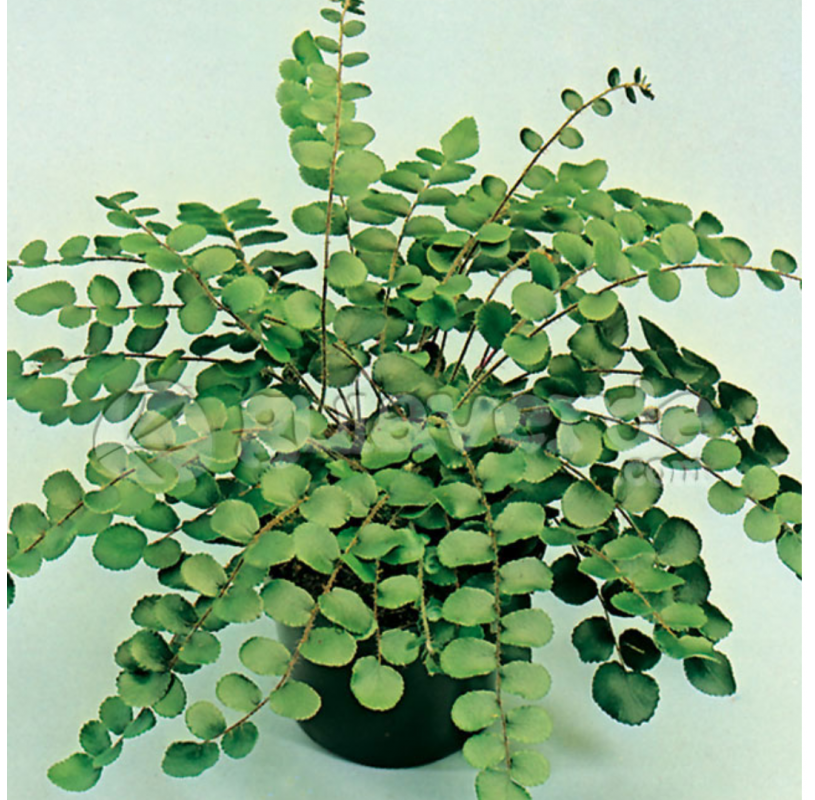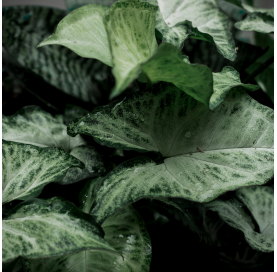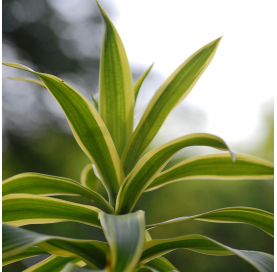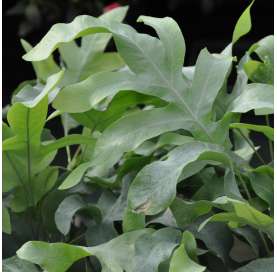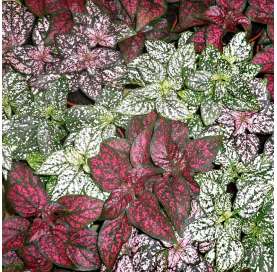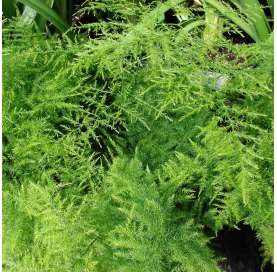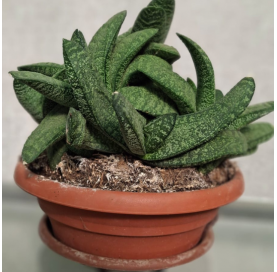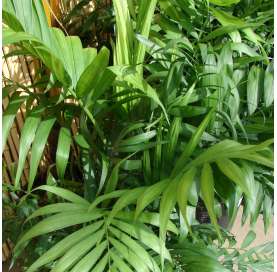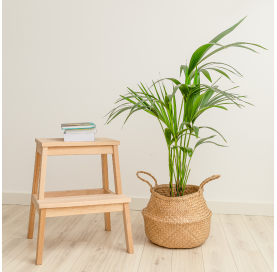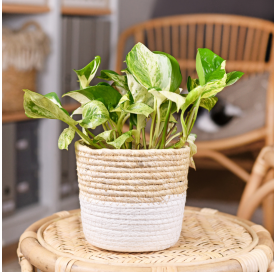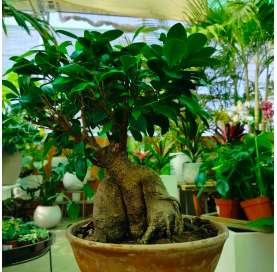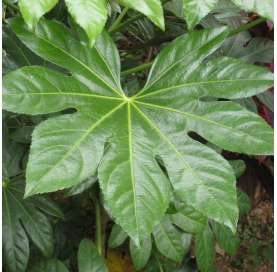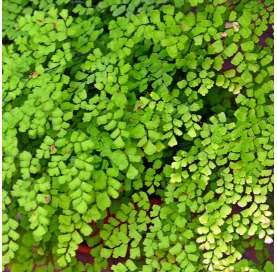Pellaea rotundifolia
The Pellaea rotundifolia, or button fern, is a perennial plant native to New Zealand, valued for its arching fronds and small, round, dark green leaflets. It is an excellent choice for indoor spaces and shaded gardens due to its resilience and low maintenance. It thrives in well-draining soil with moderate watering, avoiding waterlogging.
 Encrypted payments for greater security
Encrypted payments for greater security
To reduce the plant's time in transit, shipments are made from Monday to Wednesday.


Shipping only to mainland Spain and mainland Portugal
Pellaea rotundifolia (Button Fern)
Description
Pellaea rotundifolia, commonly known as the button fern, is a compact, perennial fern characterized by arching fronds and small, round, dark green leaflets. Unlike many other ferns, its fronds are more rigid and leathery, giving it a distinct ornamental appeal. It is an excellent choice for indoor spaces and shaded gardens.
Origin & History
Native to New Zealand and some regions of Australia, Pellaea rotundifolia belongs to the Pteridaceae family. It naturally grows in well-drained soils, often in rocky areas with partial shade, making it more drought-resistant than tropical ferns.
Fun Fact
Unlike other ferns that require high humidity, Pellaea rotundifolia adapts well to drier conditions, making it an excellent choice for indoor environments with heating or in more arid climates.
Care
- Light: Prefers partial shade or bright, indirect light. Avoid direct sunlight.
- Temperature: Thrives best between 15°C and 25°C (59°F – 77°F), avoiding temperatures below 10°C (50°F).
- Soil: Light, well-draining soil, ideally a fern mix with peat and perlite.
- Fertilization: Apply diluted liquid fertilizer once a month in spring and summer.
Watering
Water moderately, allowing the soil to dry slightly between waterings. Avoid overwatering, as excessive moisture can lead to root rot. Reduce watering frequency in winter.
Pruning
- Does not require frequent pruning but benefits from the removal of dry or damaged fronds to encourage new growth.
- Older fronds can be trimmed at the base if they start to lose vitality.
12 other products in the same category:
-
Singonium.€6.10
-
Dracaena deremensis€20.00
-
Helecho Phlebodium Aureum...€17.90
-
Hypoestes phyllostachya.€3.20
-
Esparragueras plumosa...€6.50
-
Gasteria carinata€18.00
-
Chamaedorea elegans.€3.30
-
Howea Forsteriana. Kentia...€38.00
-
Ficus microcarpa€30.00
-
Japanese Aralia, Fatsia...€15.90
-
Adiantus Fragans...€6.90

 English
English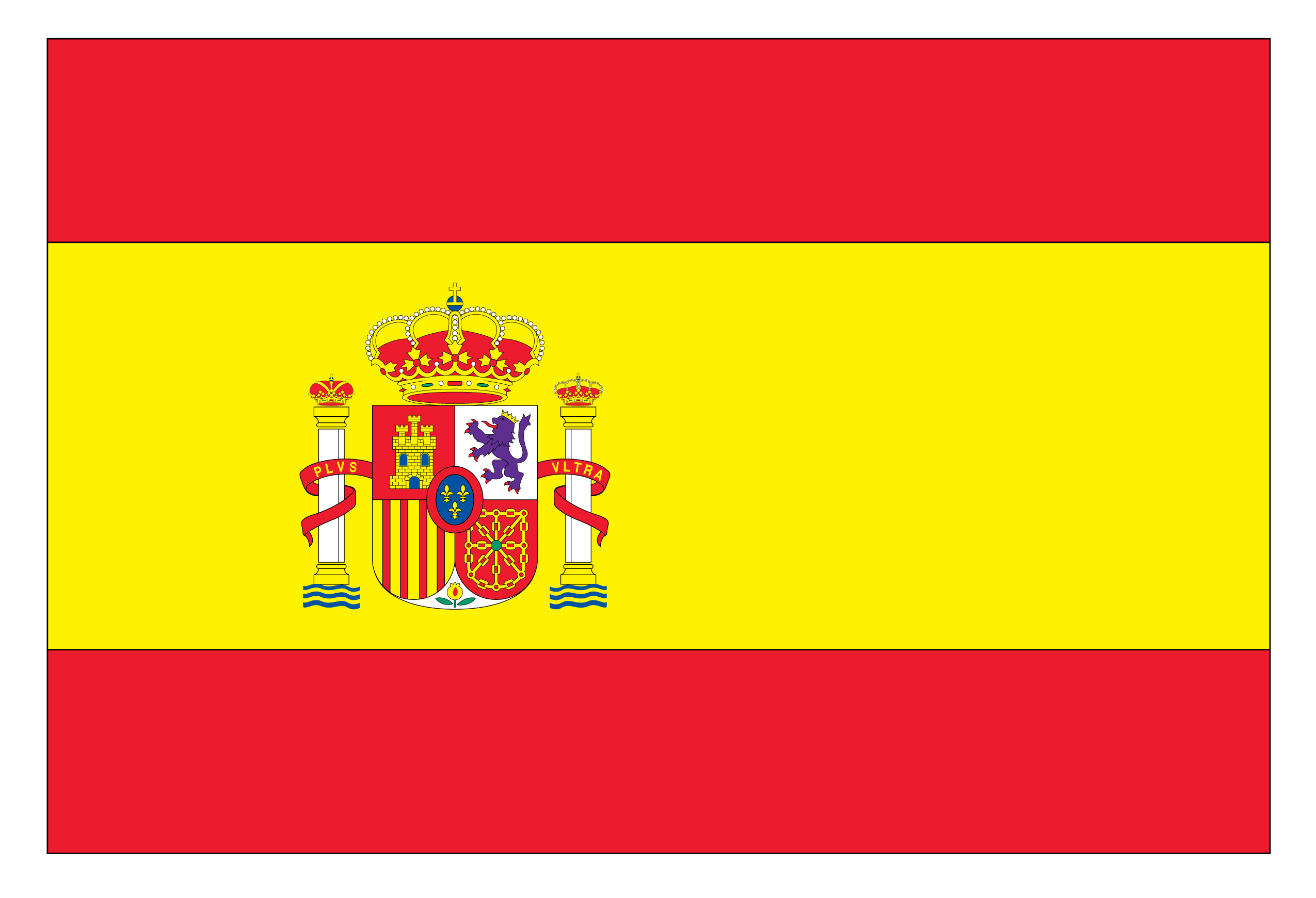 Spanish
Spanish